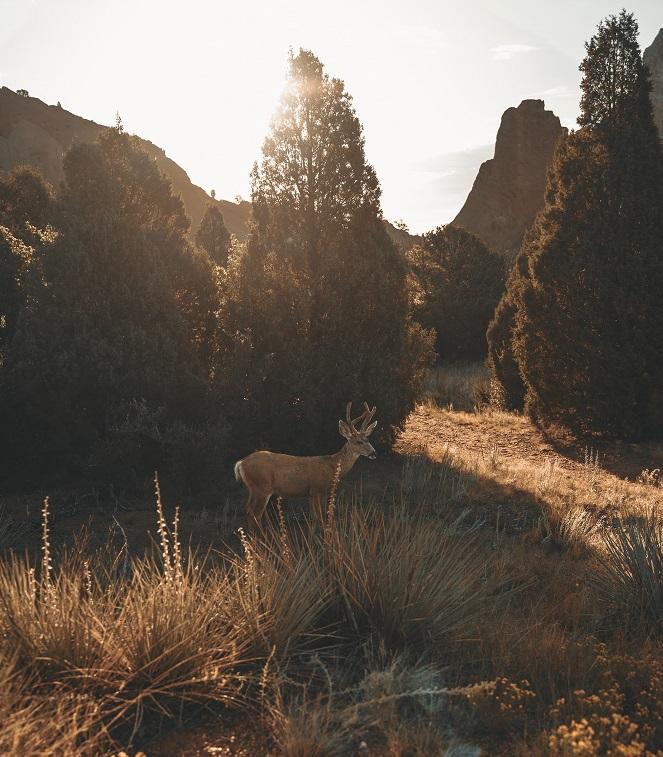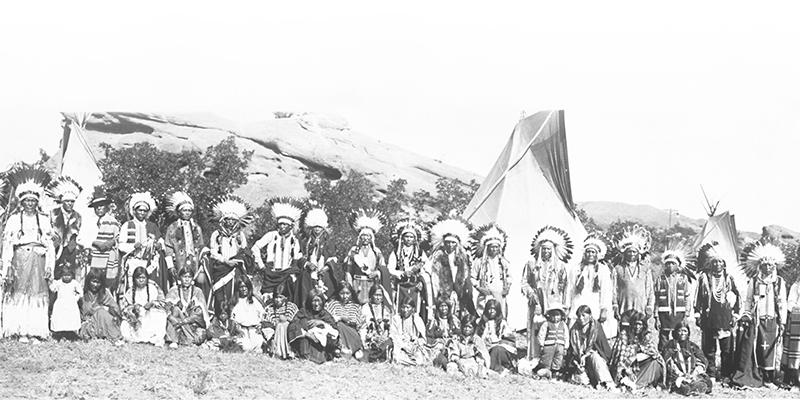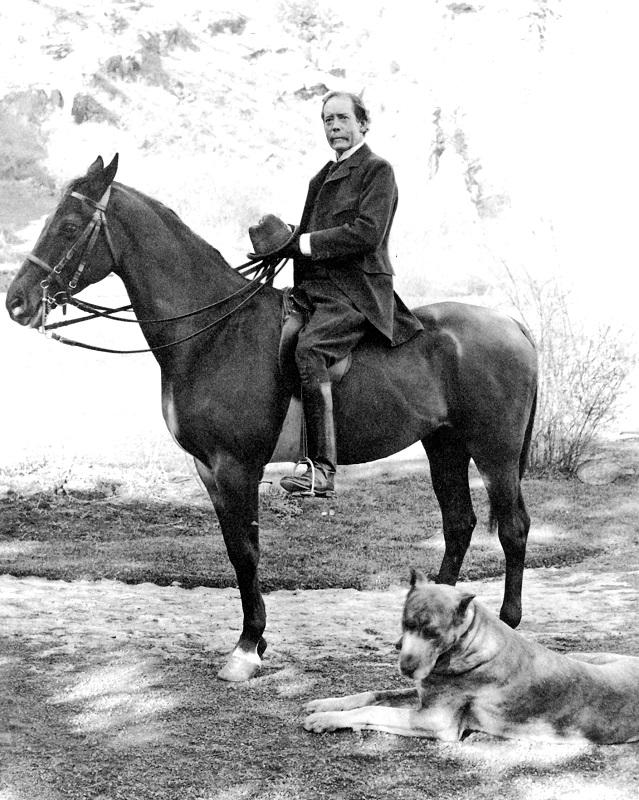As Colorado grows, protecting what makes our home special is vital.
Join us in conserving the land and water that unite us.

Op-Ed by Rebecca Jewett, Palmer President & CEO, originally posted by The Gazette.
In 1870, Civil War hero General William Jackson Palmer, on first seeing the Southern Colorado region, wrote these words to his wife. His letter captures what we all know to be true about our region — the land is essential to our quality of life.
Palmer stated, “Could one live in constant view of these grand mountains without being elevated by them into a lofty plane of thought and purpose?”
Today, as we celebrate the City of Colorado Springs’ sesquicentennial, people by the millions continue to come from all over the world, drawn by the same beauty and inspiration that forever changed Palmer and sparked his lifetime mission for protecting and preserving the land for future generations.
The land has been embraced by residents and visitors of southern Colorado for millennia. Many have come before us, and many more will follow.
Before it was America’s Mountain, Pikes Peak stood at the center of the Tabeguache band of the Nuche (known to most today as Ute) tribe’s geography and identity. They were the “People of the Sun Mountain,” placed there by Sunif (the wolf) to grow and flourish amid the foothills of the majestic peak.

While the Ute people ranged across Colorado and parts of Utah, the Tabeguache band centered themselves around Tava, or Pikes Peak. Even as neighboring tribes entered their territory and then European colonization forced other tribes toward Colorado, the Utes returned every season to their storied homeland.
In an 1868 treaty, the Tabeguache were forcibly removed from their lands and sent to a reservation on the Western Slope of Colorado. As their identity and name was tied to place, they then became known as the Uncompahgre band of the Ute tribe.
Zebulon Pike first tried and failed to summit what would become known as Pikes Peak in 1806. In 1820, naturalist Dr. Edwin James succeeded. And in 1858, the first woman, Julia Holmes, stood atop the summit. In the years that followed, the attractions of gold, silver, and land would lure many more White Europeans to the Pikes Peak region. This movement west started slowly but snowballed in the mid-1800s with the frenzy of the Colorado Gold Rush and the Homestead Act of 1862, which gave 160 acres to eligible settlers.
The prospects of mineral wealth and free land were irresistible to many ambitious East Coasters, and popularity rose for a faster and more convenient method of transportation to bring them west.
This demand brought railroad entrepreneur William J. Palmer to Colorado.
Palmer, the founder of Colorado Springs and namesake of local land conservation nonprofit, Palmer Land Conservancy, played a significant role in the history of the land in southern Colorado.

Born in Delaware in 1836 and raised near Philadelphia, Palmer was a Quaker and a passionate abolitionist. He consistently risked his popularity, comfort, and safety to fight to end slavery. While he benefited from the ability to acquire land in the West, he was a staunch defender of Indigenous people. At the City’s 40th anniversary, Palmer invited members of the Ute tribe to revisit the Garden of the Gods area to celebrate Shan Kive, where they performed sacred dances. It was his love of the land that kept him in Colorado.
Palmer was devoted to philanthropy and donated at least half of his wealth during his lifetime. Many of his gifts were properties, and his letters show a zeal for protecting native trees and flora. He donated the land for the first park in Colorado Springs, Acacia Park.
It is important to understand the history, stewardship, and ownership of the land over the years to appreciate the treasured landscape we have today.
Now, it is our turn to step forward, speak out and step up for the land.
I, like many others, believe land is essential to our quality of life. In this sesquicentennial year, a coalition of eleven outdoor recreation and land conservation nonprofits have launched Elevate the Peak, a community visioning initiative charged with the development of a 10-year implementation plan to guide current and future land conservation and recreation efforts in the Pikes Peak region.
The initiative is focused on listening, not dictating, and encourages residents to visit ElevateThePeak.org to share their opinions on stewardship of our region’s great outdoors.
Now more than ever, as our region experiences unprecedented population growth, we collectively recognize the importance of defending and protecting the land.
How will history look back on our actions?
In Palmer’s name, let us not sit back and hope for the best. Let the next 150 years reflect our relentless commitment to the region’s most cherished asset – the land.
For more on the history of Palmer and Palmer Land Conservancy, check out our history page.